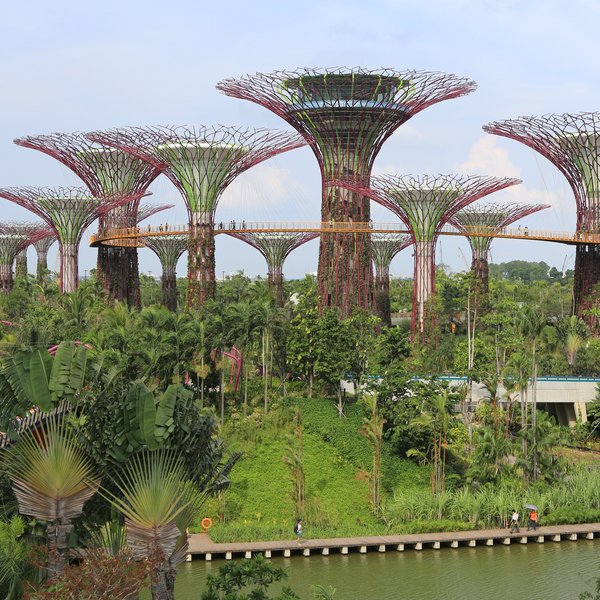
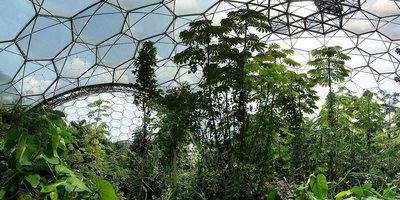
Bionics: Modelled on nature
Bionics explores natural processes, structures and forms to solve technical problems. Now construction bionics makes buildings sustainable, adaptable and efficient. Nature has shaped great projects in the history of architecture – not only in terms of their beauty, but also their sustainable life cycle and efficient use of resources. Gustave Eiffel, for example, drew on the structure of the human femur for his famous tower in Paris. He applied the numerous struts, or rather isostatic ribs, found in skeletal bones to his steel structure. In this way, Eiffel was able to achieve maximum stability with the minimum use of materials. At more than 300m, the Eiffel Tower was the tallest building erected at the time.
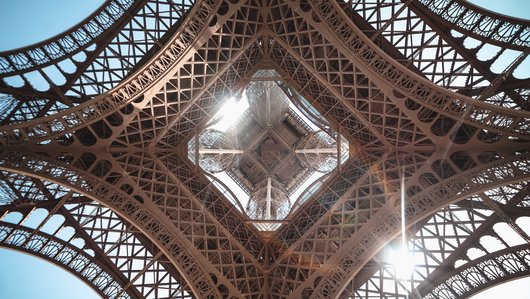

Buildings that breathe
Bionics also has solutions for optimising the energy efficiency of buildings. For example, natural processes like photosynthesis can be used to heat or cool buildings. One example is the BIQ-Haus in Hamburg. The glass panels on its facade are filled with algae and can store solar energy and cool the building. With the Eastgate Centre in Harare, Zimbabwe, a bionic office building opened as far back as 1996 with ventilation elements based on the principle of termites. It has 5,600m² of retail space and 26,000m² of office space, all climate controlled in an energy-efficient way through ingenious air shafts. Cool air from the atrium is drawn into the system, which then flows into the separate areas through openings in the skirting. 48 chimneys are used for the passive heating of the air masses – just like with termites. The warm air is extracted through these chimneys and stored in the concrete, so that heat is available at night and on cooler days. The ventilation system also served as the model for Portcullis House in London, completed in 2011, which houses the offices of the members of parliament.
Oft copied: Cocoons, sea urchins and gecko feet
One good example of what we call biomorphic buildings is the Eden Project in Cornwall, England. The project consists of several greenhouses called biomes that simulate the earth’s different climatic zones. The design of the biomes recalls the natural forms of cocoons and sea urchins. The term biomorph refers to the shapes and structures in nature. Gecko-Tape® is another innovation that copies a surface structure from nature: The feet of geckos and bugs. The tape is completely adhesive-free. Its sticking strength comes from the special geometry of the microstructures. The system sticks to a wide variety of surfaces – from smooth tiles to uneven skin – and can be removed without residue. This makes the tape just as interesting for medical applications as for interior decoration or the facade design of buildings.
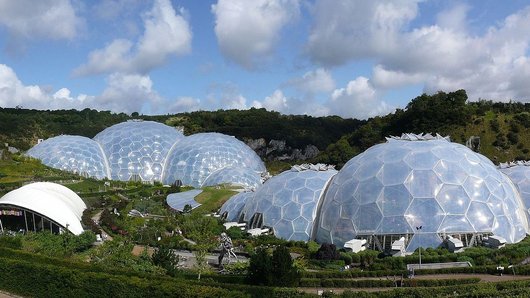

When the chemistry clicks
Besides shapes and structures, the material and its composition also play an important role in bionics. Modern research into natural processes and chemical compounds is constantly leading to the production of new building materials. The company Biomason, for example, has developed renewable cement modelled on coral formation processes. Since 2012, the company has been cultivating structural Biocement® with natural microorganisms. Bacteria change the pH value of the aggregate so that calcium carbonate is formed. This binds the aggregate with fewer carbon emissions. According to the manufacturer, each kilogram of the building material saves up to 1kg of CO₂.
New insights and methods drive innovation, but so do unprecedented demands and challenges. Bionics continues to be a highly promising field of research in the face of sustainability and climate protection. At Princeton University, for example, a team led by Sigrid Adriaenssens, professor of Civil and Environmental Engineering, is working on protective screens for buildings that react to sunlight – like flowers that open and close their leaves. This should become possible through the elasticity, geometry and thermobimetals in the panels. Architecture professor Jenny Sabin and her research team are working on photoluminescent tissue. Its structure and behaviour are modelled on that of cell tissue. Exciting findings on structural colour have also emerged from the Sabin Design Lab at Cornell University. Models in nature include the wings of butterflies of the Morpho genus or the plumage of hummingbirds. The unique cell behaviour, material properties and effects have a variety of applications including scalable building shells with responsive materials that react to environmental signals.
Did you know …
- ... that the Eiffel Tower weighs just 10,100 tonnes? With its height of 324m, this steel construction is considered an ultra-lightweight building.
- … that the term biomimicry is used alongside biomorphic and biomimetic architecture?
- … that we can also learn a lot from bees? From honeycombs, to be precise. Their structure is light and very stable. And so, for example, honeycomb sheets made of paper are used in applications like as intermediate layers on pallets. For space travel and aircraft construction, there are also honeycomb panels made of plastic or aluminium.

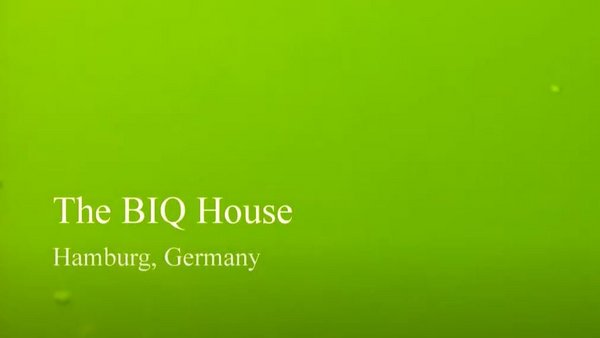
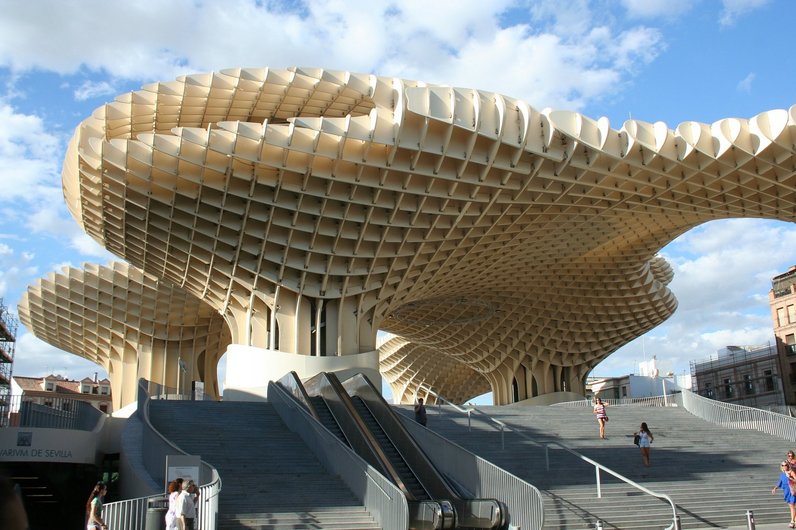

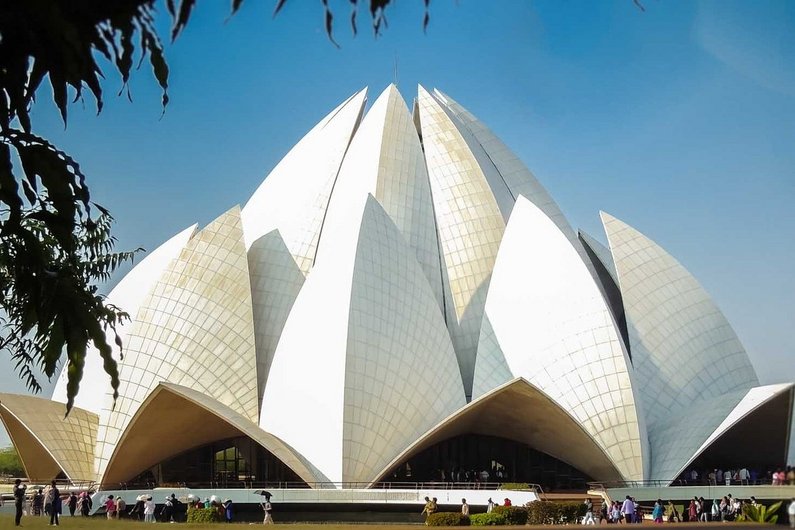
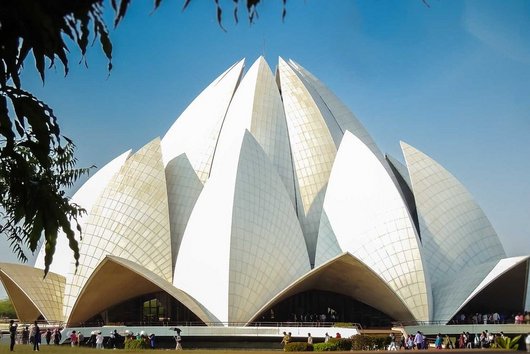
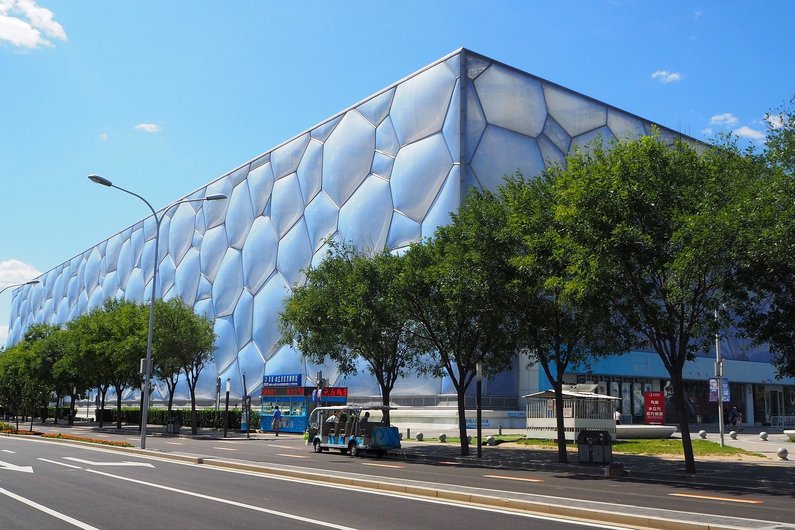
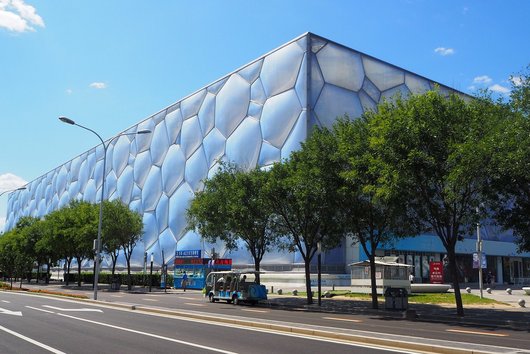
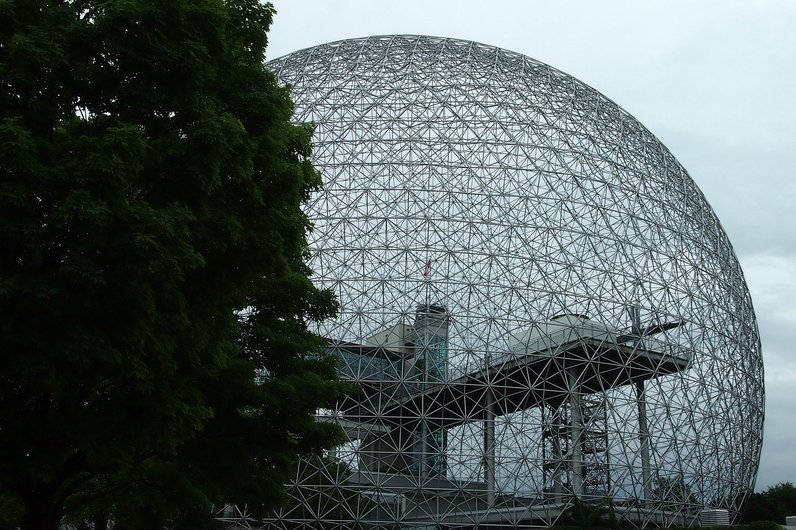
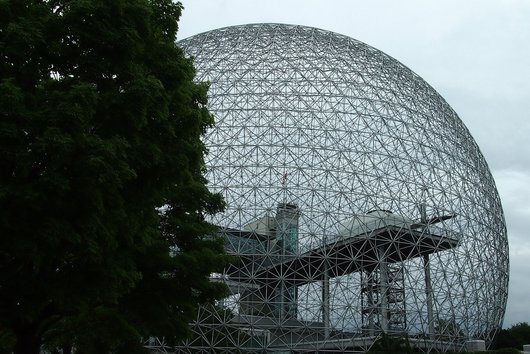
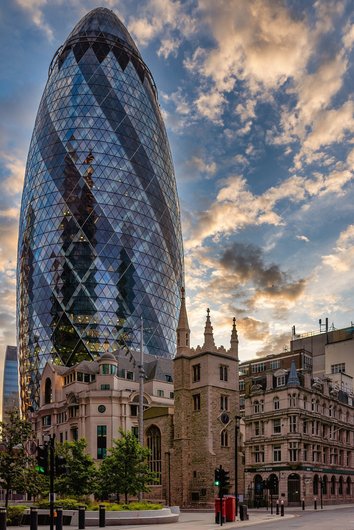
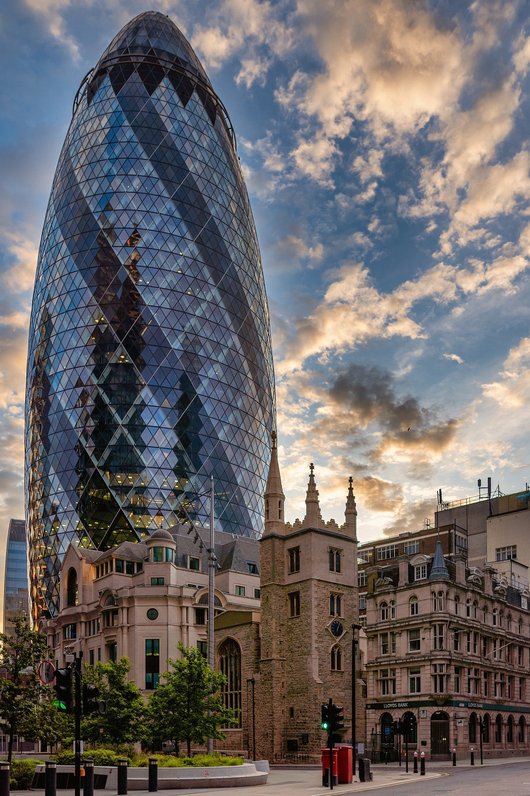
![(c) PORR / pde [Translate to Englisch:]](/fileadmin/_processed_/9/1/csm_JKAT_HKLS_Fotomontage_73900c74bd.jpg)
![[Translate to Englisch:] (c) PORR [Translate to Englisch:] (c) PORR](/fileadmin/_processed_/3/3/csm_5V5A3742_4c8554371e.jpg)